The Serpents of Clayton: A Guide to the Venomous Snakes of North Carolina
The Serpents of Clayton: A Guide to the Venomous Snakes of North Carolina
In the lush landscapes of Clayton, North Carolina, where nature thrives in abundance, there lies a diverse population of serpents, each with its unique role in the ecosystem. Among the 37 species that call this state home, a select few carry a reputation as venomous, commanding respect and caution from those who tread their shared ground.
1. The Eastern Coral Snake (Micrurus fulvius)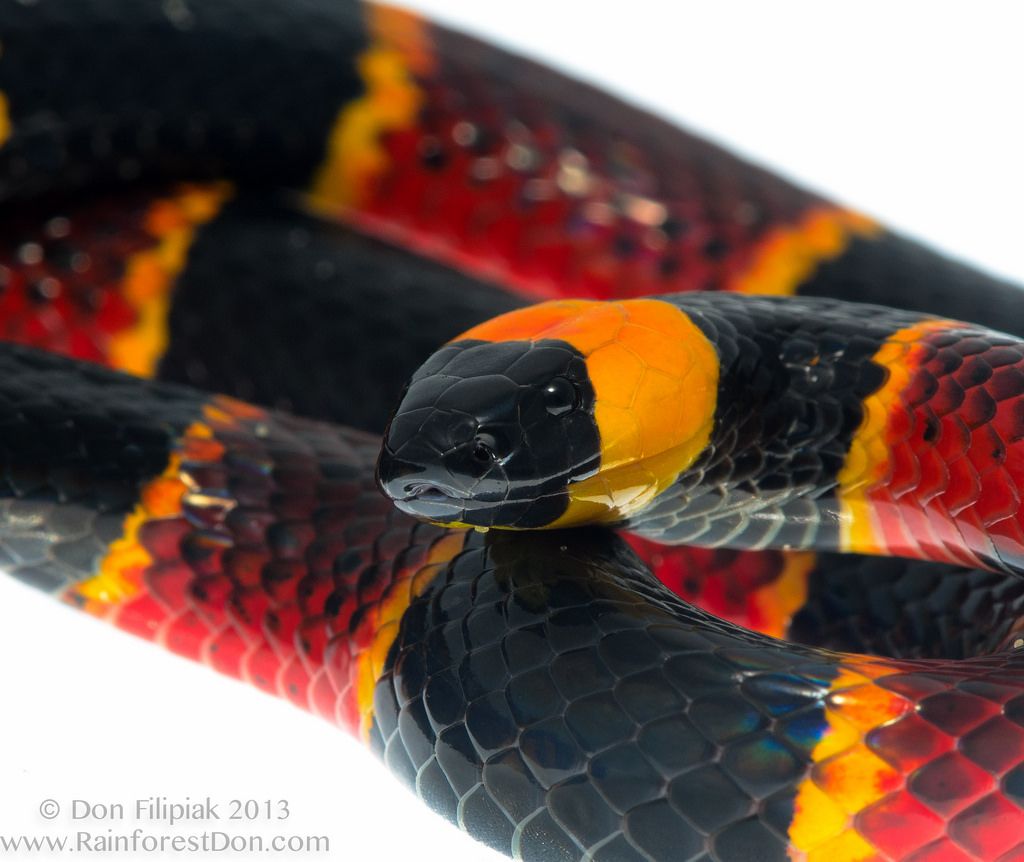
A rare sight in North Carolina, the Eastern Coral Snake is identifiable by its small size, distinctive dorsal scales, and a black head. Preferring glade land and high pine areas, this solitary creature is not aggressive but carries a potent neurotoxin capable of causing paralysis and respiratory problems¹.
2. The Eastern Copperhead (Agkistrodon contortrix)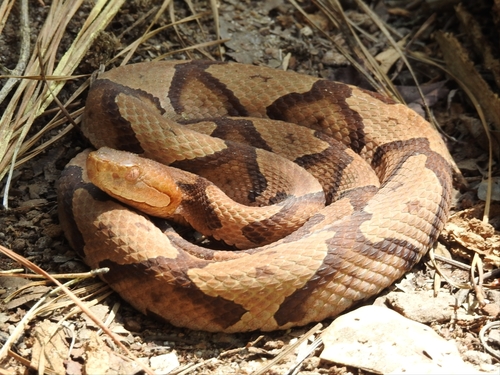
The most common venomous snake in the region, the Eastern Copperhead, can be found in deciduous forests and mixed woodlands. With a broad head and pale tan color, it blends seamlessly into its surroundings. While its venom is less potent compared to other pit vipers, a bite can still result in nausea, swelling, and intense pain¹.
3. The Cottonmouth (Agkistrodon piscivorus)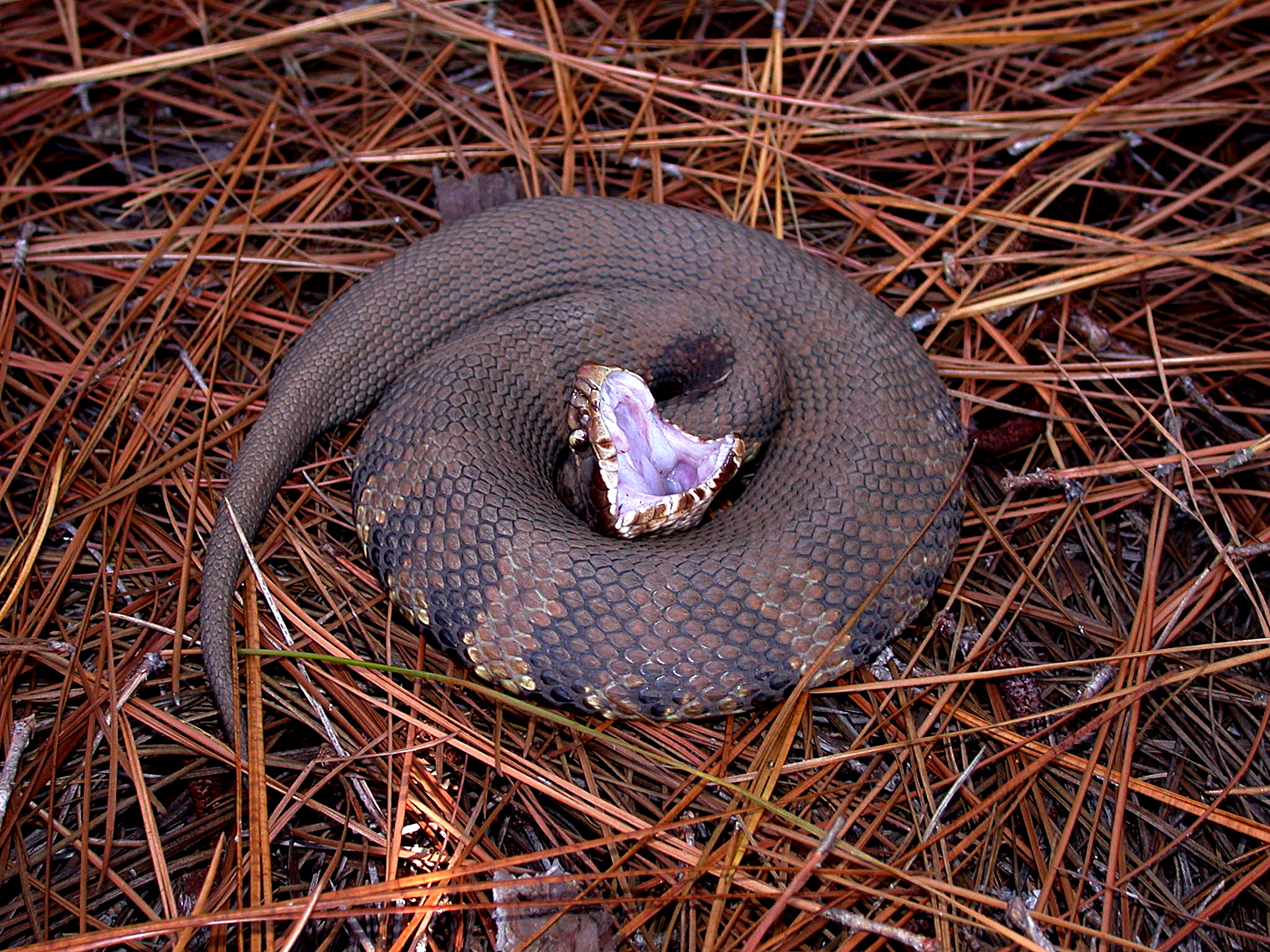
Also known as the Water Moccasin, the Cottonmouth inhabits creeks, streams, and marshes. It is easily recognized by its broad head and dark skin with patterns. This species is known for its painful bite, which requires immediate medical attention¹.
4. The Timber Rattlesnake (Crotalus horridus)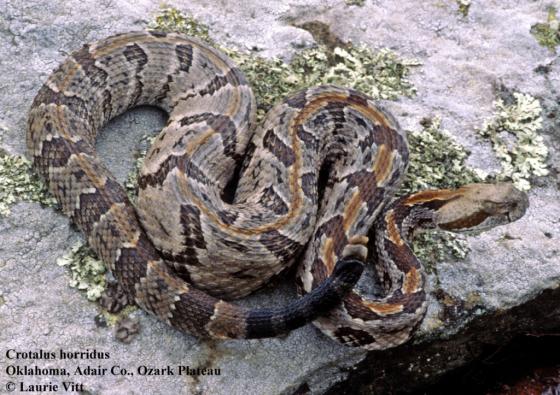
With a range of color variations and a characteristic rattle, the Timber Rattlesnake is a species of special concern in North Carolina. It prefers wooded areas and is known for its potent venom, which can cause severe medical emergencies².
5. The Eastern Diamondback Rattlesnake (Crotalus adamanteus)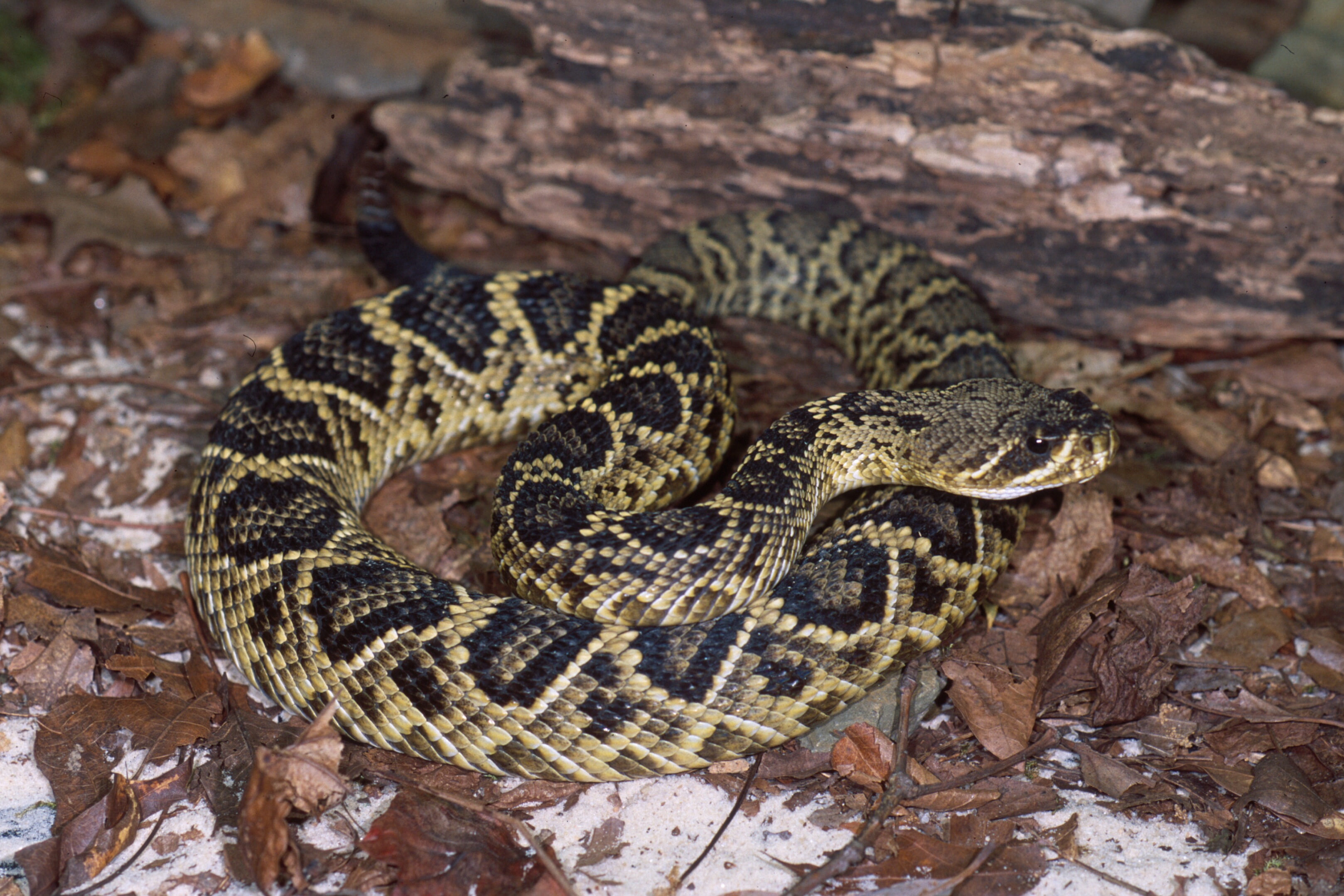
Listed as endangered, the Eastern Diamondback Rattlesnake is the largest venomous snake in North America. It can be identified by its dark diamond pattern and is typically found in sandy, coastal areas².
6. The Pygmy Rattlesnake (Sistrurus miliarius)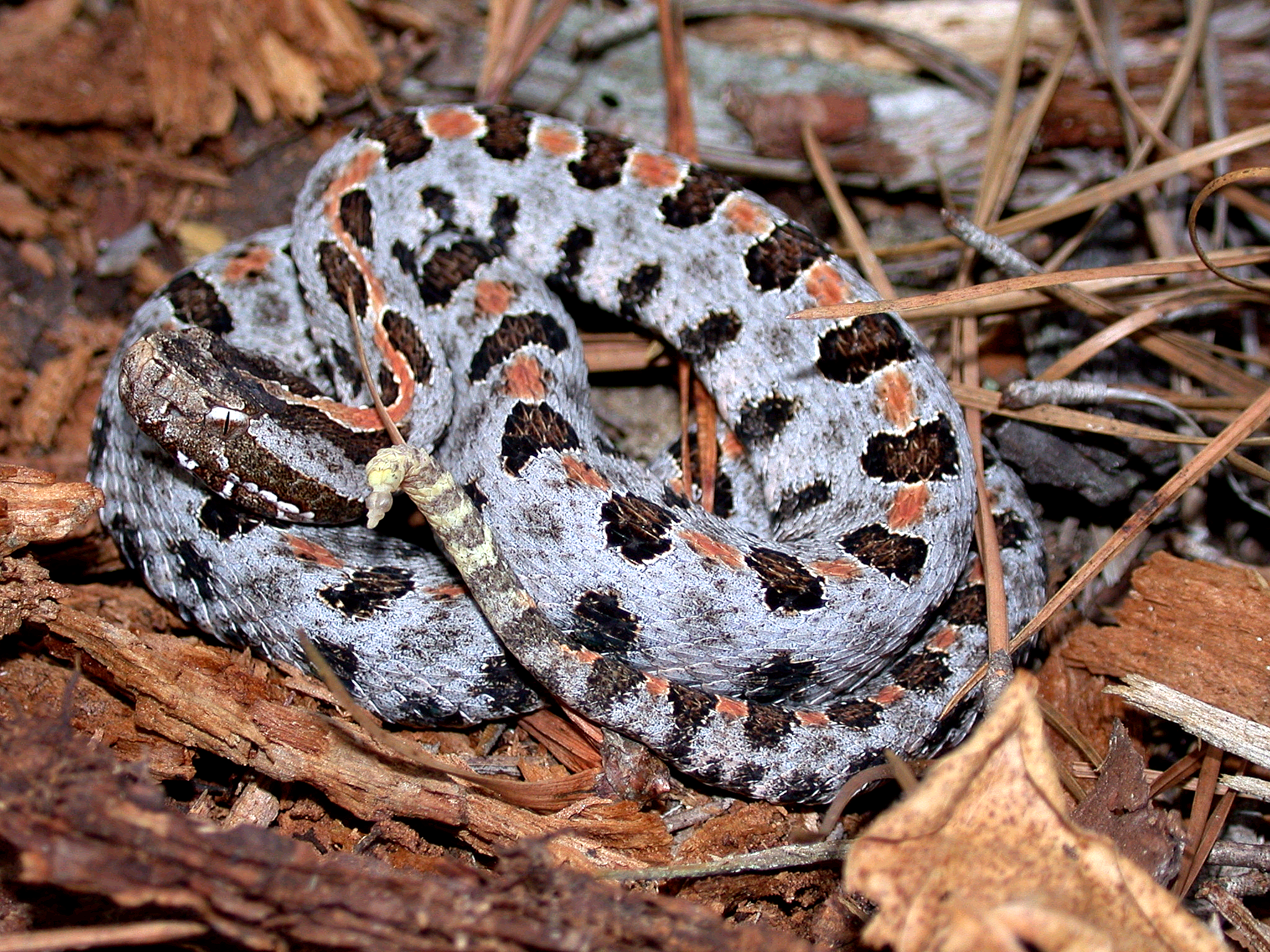
This smaller rattlesnake, listed as special in North Carolina, is less commonly encountered but still poses a significant threat with its venomous bite².
In conclusion, while the presence of venomous snakes in Clayton, NC, may evoke a sense of wariness, it's important to remember that these creatures play a vital role in controlling pest populations and maintaining the balance of the local ecosystem. Respecting their space and being aware of their habitats can ensure peaceful coexistence with these remarkable reptiles. Remember, if you encounter a venomous snake, it's best to keep a safe distance and avoid interaction. In the event of a snakebite, seek immediate medical assistance and contact the Carolinas Poison Center for guidance¹².
Source: Conversation with Bing, 4/30/2024
(1) 6 Venomous Snakes In North Carolina (Poisonous & Deadly) - Animal Vivid. https://animalvivid.com/venomous-snakes-in-north-carolina/
- Created on .
- Hits: 457